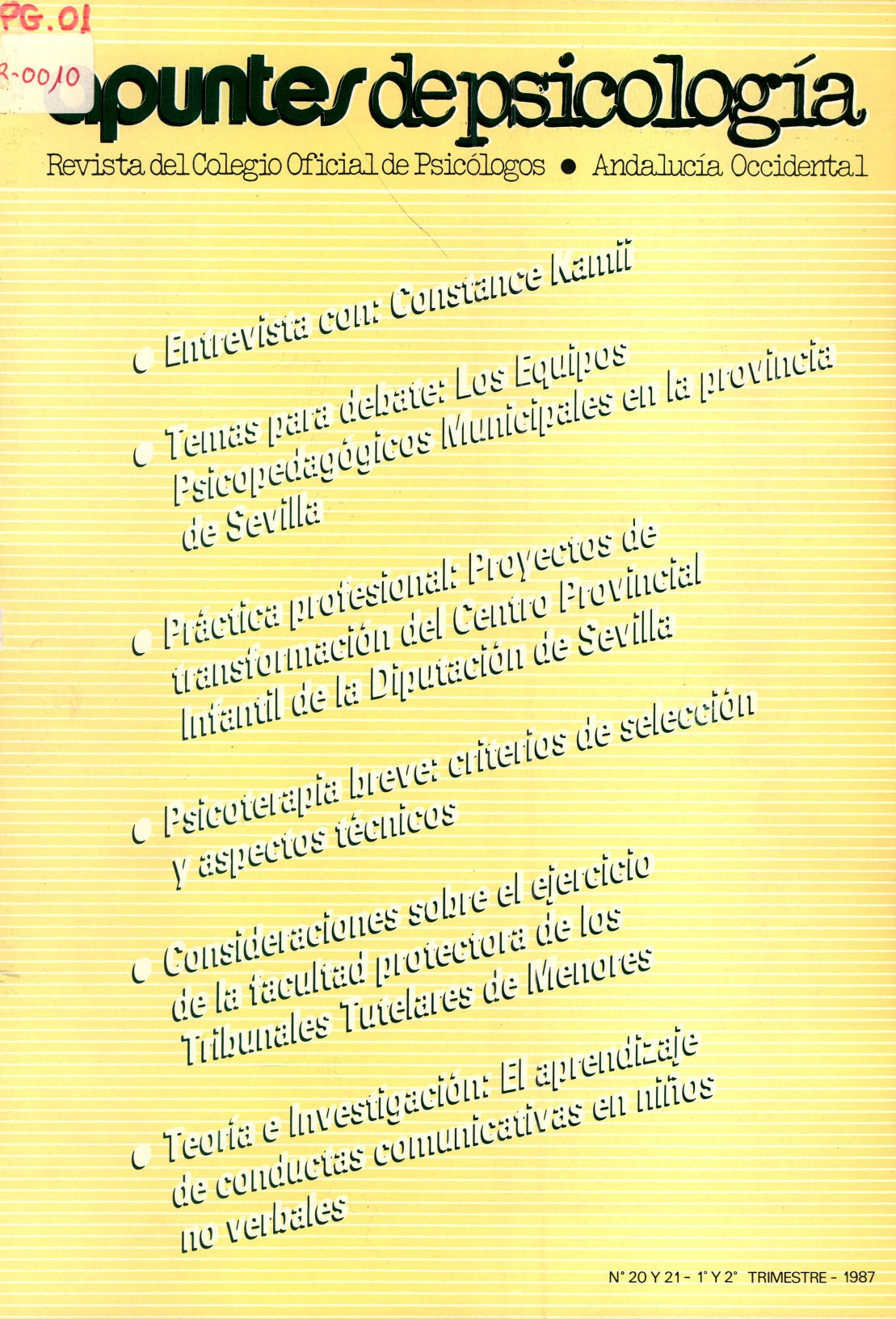Brief psychotherapy: selection criteria and technical aspects
DOI:
https://doi.org/10.55414/ap.v5i20-21.1021Keywords:
.Abstract
Over the past twenty years, psychotherapy has been recognised as an effective and essential treatment for a large number of individuals with personality and behavioural disorders, especially since the process has been shortened and the components of the technique standardised.
Within the psychoanalytic paradigm, the first attempts to abbreviate therapy are attributed to Ferenczi, Rank, Alexander, and French, among others. More recently, Balint, Bellak, Sifneos, Malan, and Davanloo have made significant advances in brief dynamic psychotherapeutic practices.
Before the emergence of brief dynamic psychotherapy proper, a form known as psychoanalytic psychotherapy became prevalent. In this approach, the patient—regardless of the clinical problem presented—is seen once or twice a week, encouraged to engage in free association, while the therapist remains relatively passive or inactive, offering occasional interpretations, generally focused on transference. This practice, which continues today, is increasingly being replaced by more structured approaches aimed at specific therapeutic goals and techniques. These are brief psychotherapies, sometimes focused solely on symptomatic support (brief supportive therapies) or on deep psychodynamic change, in addition to the mere alleviation of symptoms (brief dynamic psychotherapies).
Downloads
References
.
Downloads
Published
Issue
Section
License
Copyright (c) 2022 APUNTES DE PSICOLOGÍA

This work is licensed under a Creative Commons Attribution-NonCommercial-NoDerivatives 4.0 International License.


























